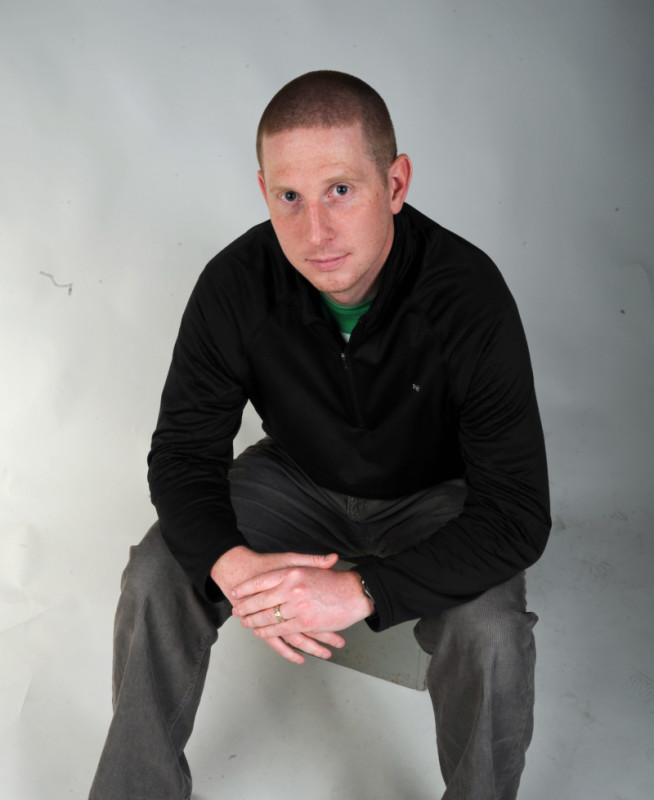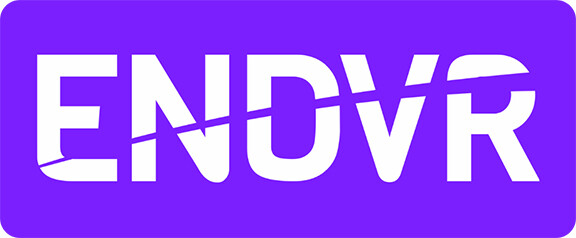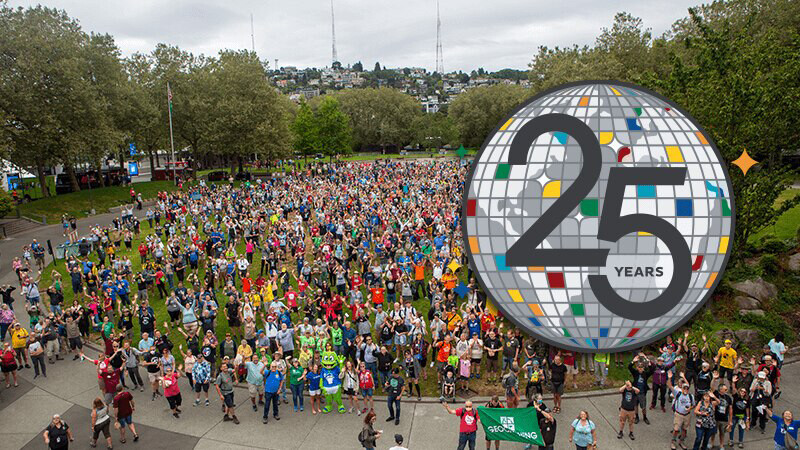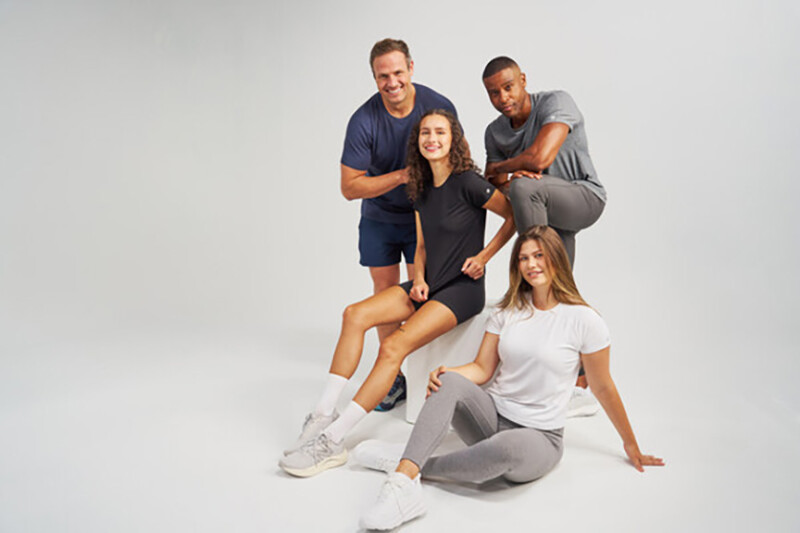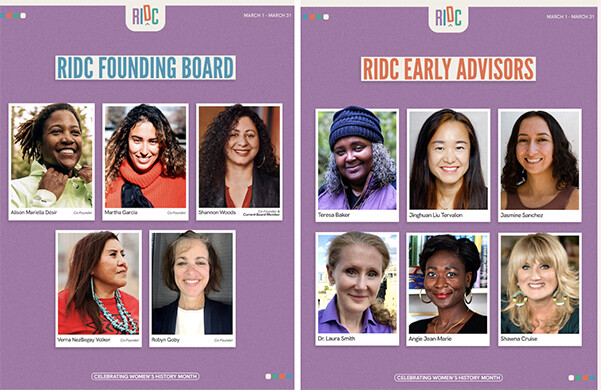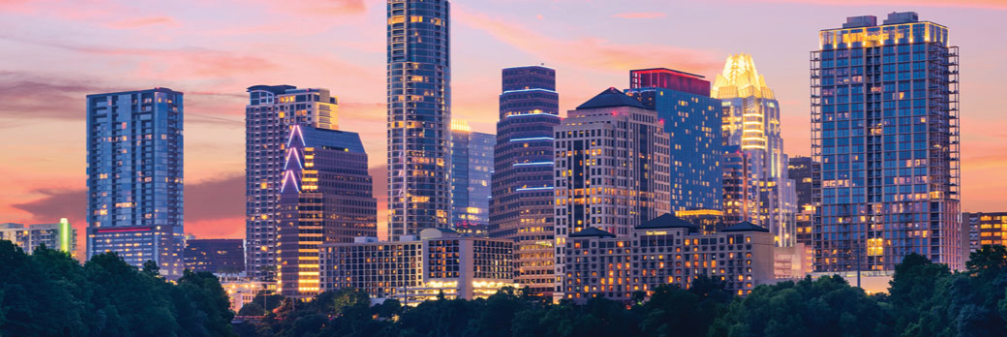With the sun only beginning its climb over the Los Angeles cityscape on the morning of Sunday, March 16, thousands assembled next to famed Dodger Stadium for the 40th running of the Los Angeles Marathon.
Over the subsequent hours, 21,400 runners traversed 26.2 miles of L.A. streets, passing through Hollywood and Beverly Hills and some of the city’s most iconic landmarks before finishing at Avenue of the Stars in Century City. Thousands lined the streets, clapping, cheering and shouting inspired messages in an energizing, triumphant counter to the gloom covering the City of Angels weeks prior.
“The city came out for the marathon and we could feel the uplift,” Murphy Reinschreiber, chief operating officer of The McCourt Foundation, the organizational force behind the Los Angeles Marathon, tells Running Insight.
Make no mistake, Los Angeles, though battered and bruised from January’s tragic wildfires, is on the mend with a boost from the local running community.
Wildfires Consume L.A.
Entering 2025, Reinschreiber and his McCourt Foundation colleagues were gearing up for two major events – the Rose Bowl Half and the Los Angeles Marathon – serving about 40,000 runners in the calendar year’s opening 11 weeks. Everything followed a familiar script until the plot turned in an unexpected direction.
Starting on January 7, nine different wildfires consumed Los Angeles County over the ensuing two weeks. The fires displaced residents, uprooted lives and left once-vibrant communities a charred mess of debris, shattered dreams and uncertainty.
“The wildfires took all of us way off our stride,” Reinschreiber says.
The McCourt Foundation quickly announced the postponement of the Rose Bowl Half slated for January 19, a simple decision given the blazes engulfing the area and, even more, the Rose Bowl’s presence as a command center and staging area for more than 4000 firefighters and National Guard troops. The McCourt Foundation hustled into customer service mode, managing a flood of inquiries from runners and partners related to the Rose Bowl Half and the fate of the sold-out Los Angeles Marathon.
Beyond those events, local run retailers – along with so many other businesses – also felt the impact personally and professionally.
In Pasadena, Run With Us sat on the edge of a mandatory evacuation zone for the Eaton Fire and was forced to close for two days as flames swept across more than 14,000 acres and leveled thousands of homes, businesses and more. Run With Us assistant manager Michelle Williams says the Eaton Fire impacted many of the 25-year-old running shop’s staff and customers, including some who lost their homes.
Nine miles to the east in Monrovia, A Snail’s Pace owner Joe Lourenco watched fire trucks idle on the road in front of his running shop and black smoke blanket the blue sky — a surreal scene in a typically idyllic setting. Lourenco’s store, located about a half mile away from the mandatory evacuation zone, closed for one day.
“But that’s a small price to pay,” Lourenco says.
Runners Respond
As the fires subsided, the city’s running community contributed to relief efforts, helping to spark recovery and ignite hope.
On January 19, Run With Us turned its parking lot into a large-scale community event. With the help of nearly a dozen brands, the retailer distributed free shoes, clothing and apparel to individuals affected by the wildfires.
“Everyone wanted to do something to help,” Williams says.
Vendors sent over lightly used demo shoes and new product while running retailer peers such as Noth Dakota-based See Dick Run and Orlando’s Track Shack shared goods as well. The McCourt Foundation and LA Road Runners, meanwhile, purchased $1000 worth of socks for distribution. Williams estimates Run With Us helped about 850 people on January 19 alone.
“We said we’d end things at noon, but we were still going strong at 4 p.m.,” she says.
For the next month, Run With Us continued its philanthropic ways, including providing clearance shoes and apparel to fire victims.
A Snail’s Pace similarly collected items for fire victims and supplied footwear, apparel and other goods to people impacted by the fires. Lourenco has adopted a longer-term approach to distributing items, however, especially knowing needs will extend well into the months ahead.
“Too often when natural disasters occur, once the news moves onto the next topic people forget it takes months or years for places to fully recover,” Lourenco says. “We plan on continuing to distribute shoes and apparel throughout the year to schools, run clubs, churches and other organizations.”
Optimism In Recovery
The McCourt Foundation pushed excess food, water and race clothing from its warehouse to local relief centers, directed financial contributions to recovery efforts and partnered with Strava to invite runners from around the world to contribute to the Together LA Wildfire Relief Fund.
The Foundation also teamed with the nation’s three largest marathons – Boston, Chicago and New York – to raise funds for relief efforts through the sale of limited-edition togetherLA apparel featuring logos of the four marquee events. The foundation directed net proceeds from sales of the “4 Marathons: 1 Cause” merchandise to CORE and the California Fire Foundation to help fund relief and recovery initiatives.
By early February, the shock and short-term thinking that dominated as the fires burned slowly ceded to optimism and a surge of positive energy. Reinschreiber saw runners return to the streets and their familiar patterns of life. Viewing running as a part of the city’s recovery, The McCourt Foundation confirmed its plans to host the Los Angeles Marathon on March 16 and announced April 27 as the new date of the Rose Bowl Half.
“Throughout its history, the Los Angeles Marathon has played a unifying role in the city and we wanted to be a part of delivering something meaningful to Los Angeles,” Reinschreiber says.

